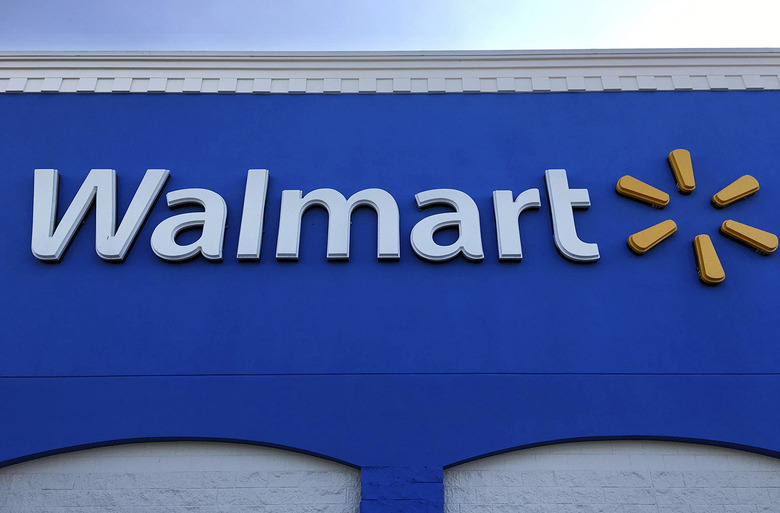Walmart Is Jumping On The Crypto Bandwagon With Two Blockchain Patents
While the majority of the world is having fun watching Bitcoin go up and down faster than a yo-yo, companies are scrambling to get in on the craze. In some cases, that just means announcing a "pivot to Bitcoin" and watching your company die; in other instances, it means taking the underlying technology of blockchain and applying it to conventional retail.
The blockchain is a "distributed ledger" that powers cryptocurrencies. It's key to the decentralized nature of cryptocurrencies, as it enables everyone to keep track of who owns what, but you're not relying on one centralized database or an individual to be the banker.
While the blockchain is most well-known for its application to Bitcoin and other cryptocurrencies, Walmart wants to use it for payment systems for vendors and customers. In two patents filed last year and approved on Thursday, Walmart describes the system:
"In one aspect, provided is a vendor payment sharing system, [which would] automatically process payment for a total amount due for the products and services related to obtaining and delivering the products; automatically dividing the payment between parties that provided services related to obtaining and delivering the products; and encrypt the payment and the division of the payment with a blockchain."
Of course, Walmart isn't new to the world of payment processing. It spearheaded a new payment protocol that was being developed a few years ago as a rival to Apple Pay and other mobile wallet systems, called CurrentC. That system relied on users scanning a QR code and then the cashier scanning another QR code off your phone screen, and was undeniably terrible. Luckily, the popularity of Apple Pay and Google Wallet made CurrentC DOA.
Based off these two patent filings, it seems that Walmart might have learned something from the CurrentC flop. Rather than designing its own cryptocurrency for use in its stores — which is exactly the kind of dumb thing that crypto speculators are doing right now — the company seems to be using the only good part of the crypto technology, the blockchain, and leaving the rest to die.
